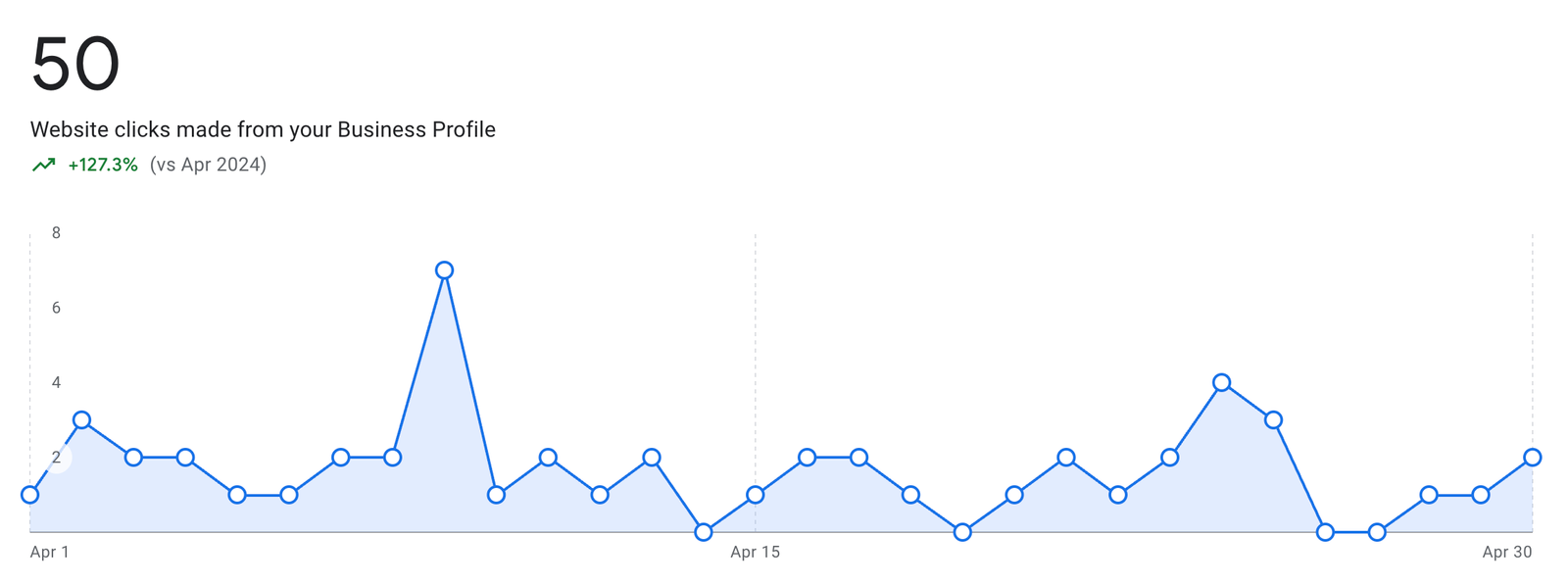Why image optimization deserves attention
Images can elevate the user experience (UX) of a site, clarify complex ideas, and make content far more engaging. Yet, they’re not just visual flourishes. Search engines evaluate images as part of their page analysis, influencing everything from page speed to how a site appears in organic search results. Overlooking image optimization is a missed opportunity for both on-page SEO and broader technical SEO gains.
Consider a travel blog with vibrant photos. If those images take too long to load or lack descriptive context, visitors bounce and rankings slip. On ecommerce sites, poor image practices can tank conversion rate optimization (CRO) because slow pages and inaccessible media frustrate buyers. Optimized images, by contrast, support faster load times, better accessibility, and improved SERP analysis outcomes.
The many dimensions of image optimization
Image optimization isn’t just about shrinking file sizes. It’s an ongoing process that blends design sensibility with technical precision. Success here requires thinking across several axes: format choice, compression methods, responsive delivery, metadata enrichment, and accessibility.
File formats: balancing quality and speed
Choosing the right file format is foundational. JPEGs are workhorses for photographs due to their balance of compression and fidelity; PNGs suit images needing transparency or fine edges but run large if misused; SVGs shine for logos and icons because they scale without blurring; WebP offers impressive compression while maintaining quality but has patchy support on older browsers.
A photo-heavy real estate listing site I worked with cut average image payload by 35% simply by switching from uncompressed PNGs to well-compressed WebP for property galleries (with JPEG fallback). That translated directly into snappier loads on mobile - a key ranking signal given Google’s mobile-first indexing.
Resizing matters more than you think
Serving oversized images is a common mistake. If your content area displays at 800x600 pixels but the source image is 4000x3000 pixels, users download nearly twenty-five times more data than necessary per image. Multiply that by dozens of assets on a single Boston SEO page and you have a recipe for sluggish performance metrics.
Responsive images solve this by allowing browsers to select the most appropriate size based on device or viewport width using the srcset attribute. When implemented well, this technique alone can shave seconds off perceived load times - especially on mobile connections where every kilobyte counts against bounce rates.
Compression: finding the sweet spot
Compression removes redundant data from an image file. Lossy compression (as in JPEG or WebP) sacrifices some visual detail to achieve smaller files; lossless compression (as in PNG or some WebP settings) preserves every pixel at a higher cost in bytes.
The best practice is iterative testing: compress an image until artifacts become visible at typical viewing sizes, then back off slightly. Tools like Squoosh or TinyPNG make this process straightforward for individuals; larger teams might automate it server-side during uploads via libraries such as ImageMagick or libvips.
I’ve seen ecommerce managers resist aggressive compression out of fear that product images will appear cheapened. Yet A/B testing often reveals customers barely notice subtle drops in fidelity when images are sized appropriately and compressed thoughtfully - but everyone notices faster page speeds.
Alt text: context for bots and humans alike
Alt text serves two critical audiences: people using screen readers who cannot see your visuals and search engine crawlers seeking context about what an image depicts.
Effective alt attributes describe the core purpose or subject of each visual without keyword stuffing or redundancy (“photo,” “image,” etc.). For example:

- Instead of alt="shoes" Use alt="Red canvas sneakers with white laces on wood floor"
On one client’s recipe website, moving from generic alt descriptions (“dish”) to precise ones (“homemade chicken tikka masala with cilantro garnish”) not only improved accessibility scores but resulted in more specific traffic from Google Images - a win-win rooted in simple clarity.
Filenames and structure: small details with big impact
Search engines crawl filenames as clues to an image’s relevance much as they do URLs for pages. Default camera names like IMG_0037821.jpg squander this chance; concise yet informative names such as organic-avocado-toast-breakfast.jpg contribute meaningfully toward content optimization goals.
Organize your media library intentionally too. Group related assets into semantic folders (/assets/products/sneakers/), which supports easier SEO audits down the line and aids maintenance as collections grow.
Page speed optimization through smart delivery
Site speed remains one of Google’s primary ranking factors - doubly so since Core Web Vitals entered the scene. Unoptimized imagery is often the top culprit behind sluggish mobile experiences that erode both rankings and conversions.
Beyond resizing and compression already discussed, consider lazy loading techniques so offscreen images wait until needed before downloading. This reduces initial payloads dramatically on long-form articles or product galleries.
Most modern browsers now support the loading="lazy" attribute natively:

Implementing this sitewide took one retailer’s Largest Contentful Paint metric from nearly three seconds down to just over one second during a peak holiday sale period - enough to measurably boost conversion rates according to their analytics suite.
Schema markup: helping search engines understand visuals
Schema.org markup allows you to annotate images with structured data so search engines know exactly how they relate to page content (product photo? author headshot? infographic?). While not always essential for rankings themselves, schema boosts eligibility for rich results like recipe carousels or product snippets within organic search results - especially important in industries where visual differentiation matters.
For example:
"@context": "https://schema.org", "@type": "ImageObject", "contentUrl": "https://www.example.com/photos/birthday-cake.jpg", "description": "Chocolate birthday cake decorated with strawberries", "author": "@type": "Person", "name": "Jane Smith"Integrating schema requires coordination between developers and SEOs but pays dividends when aiming for prominent placements on crowded SERPs.
Accessibility considerations beyond alt text
Accessible imagery extends well past writing good alt attributes. Decorative visuals that serve no informational purpose should use empty alt values (alt="") so screen readers skip them entirely instead of reading irrelevant details aloud.
Color contrast matters too; infographics should be legible even when viewed by those with color vision deficiencies. Testing tools such as WAVE help flag problematic combinations early in design cycles rather than after launch - crucial for health care sites or public sector portals where compliance isn’t optional.
On one nonprofit project focused on aging populations, we replaced text baked into banners with HTML overlays styled via CSS instead of flattened raster graphics. This change improved screen reader navigation dramatically while also allowing font scaling on high-DPI devices without pixelation issues - marrying UX improvements directly with technical boston web design services SEO wins.

Image sitemaps: guiding discovery at scale
For sites hosting hundreds or thousands of visuals - think fashion catalogs or news archives - standard XML sitemaps can reference individual tags per URL so Googlebot discovers non-inline media faster even if it’s surfaced via JavaScript galleries or pop-up lightboxes rather than static HTML links.
This tactic particularly helps with off-page SEO efforts aimed at backlink building strategies centered around shareable infographics or photo essays since discoverability increases inbound linking potential organically over time.
Trade-offs and edge cases in real-world workflows
No single set of tactics works everywhere equally well. High-end art dealers might tolerate larger files than flash-sale retailers because buyers expect immaculate detail when zooming canvases pre-purchase; similarly, user-generated platforms must balance moderation efforts against upload convenience lest friction drive away contributors entirely.
When migrating legacy media libraries containing tens of thousands of poorly labeled photos (a scenario I’ve faced more than once), automated tagging via AI can jumpstart improvements but rarely replaces manual review entirely if accuracy matters for legal reasons or brand reputation management. A phased approach works best here: fix new uploads first using stringent standards while gradually cleaning up historical assets based on analytics-driven priorities like highest-traffic pages first.

Not all metrics tell the whole story either. Chasing perfect Lighthouse scores sometimes leads teams to strip out valuable illustrations that actually improve engagement despite their heft; as always, blend quantitative insights from website analytics tools with qualitative feedback gathered from real users to guide decisions wisely rather than chasing vanity numbers alone.
The checklist: five pillars of effective image SEO
To distill decades of experience into practical action points:
Select appropriate file formats per use case. Resize images responsively before upload. Apply rigorous yet visually acceptable compression. Ensure descriptive filenames and detailed alt text. Leverage lazy loading plus relevant schema markup where possible.Regularly revisit these steps during site audits since evolving devices, browser capabilities, and Google algorithms mean yesterday’s optimizations may fall short tomorrow - especially given rising expectations around mobile optimization and instant-loading experiences across all industries.
Measurement: tracking impact through analytics
Optimizing images should lead somewhere measurable beyond gut feel improvements in aesthetics or perceived snappiness alone:
- Monitor Core Web Vitals (especially Largest Contentful Paint) after major changes. Track shifts in organic traffic originating from Google Images within website analytics platforms. Assess bounce rates pre- vs post-optimization initiatives. Compare crawl stats using tools like Search Console Coverage reports to ensure bot accessibility hasn’t been inadvertently hindered. Review engagement patterns such as gallery dwell time before assuming less is more regarding visual storytelling.
These ongoing diagnostics close the loop between technical execution and business results so investments continue yielding returns rather than drifting into check-the-box exercises.
Looking ahead: evolving standards demand agility
With new formats like AVIF gaining traction among browser vendors due to superior compression ratios compared even to WebP, staying nimble pays off long-term rather than locking into any single solution prematurely. Similarly, smarter CDNs now offer real-time adaptive media transformations tailored per user device/location/request - worth exploring for sites chasing global reach at scale.
Ultimately, strong image optimization isn’t about rigid adherence to old-school rules but judicious blending of art direction sense with evolving SEO best practices rooted firmly in hard data rather than dogma.
When done right, optimized visuals make web experiences richer and more discoverable all at once - reinforcing brand authority while lifting both usability metrics and domain authority alike.
The payoff spans far beyond prettier pages: it shapes how people find you online, how fast they connect with your message across devices big and small, and whether fleeting clicks blossom into loyal repeat visits amidst ever fiercer competition on every SERP.
Staying sharp here isn’t optional anymore - it’s table stakes for anyone serious about sustained organic growth online through modern SEO strategies grounded in real-world results rather than wishful thinking alone.
SEO Company Boston 24 School Street, Boston, MA 02108 +1 (413) 271-5058